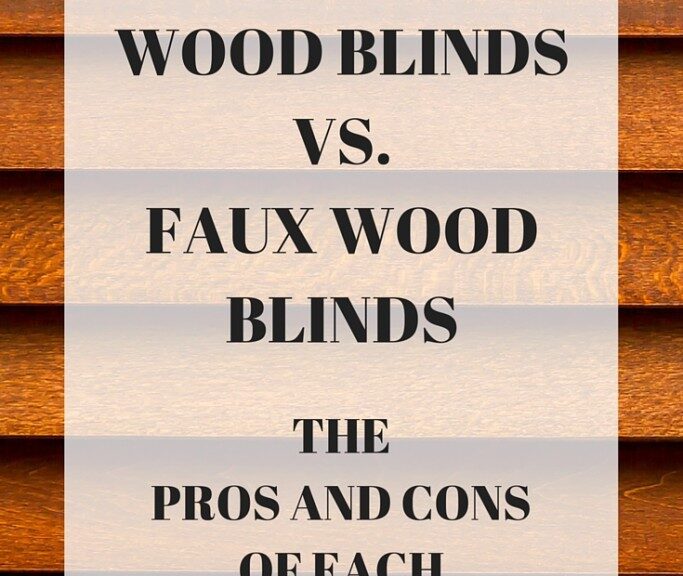
Wood vs. Faux Wood Blinds: A Comprehensive Guide for Stylish Window Treatments
Stylish Window Treatments:
Choosing the right window treatments can significantly impact the overall aesthetics and functionality of your space. Wood and faux wood blinds stand out as popular options, each bringing its unique set of advantages. In this comprehensive guide, we’ll explore the key factors differentiating wood and faux wood blinds, helping you make an informed decision for your home.
**1. Material Composition:
Wood blinds, crafted from natural hardwoods like basswood or bamboo, exude a timeless elegance. On the other hand, faux wood blinds are manufactured using synthetic materials such as PVC, vinyl, or composite wood. Understanding the material composition is crucial in determining the overall look and durability of your window treatments.
**2. Aesthetic Appeal:
Wood blinds are prized for their authentic and warm appearance, adding a touch of sophistication to any room. Faux wood blinds, designed to mimic the look of real wood, offer a cost-effective solution with a similar aesthetic. Your choice depends on whether you prefer the genuine texture of real wood or the practicality of a faux alternative.
**3. Durability and Moisture Resistance:
Faux wood blinds have a distinct advantage when it comes to durability and resistance to moisture. Unlike wood blinds, which may warp or crack in humid environments, faux wood blinds are impervious to moisture, making them an ideal choice for areas like kitchens and bathrooms.
**4. Weight and Ease of Maintenance:
Wood blinds are generally lighter than their faux counterparts, making them easier to maneuver. However, faux wood blinds require minimal maintenance and are resistant to scratches, making them suitable for high-traffic areas. Consider your lifestyle and preferences when evaluating the ease of care for each option.
**5. Cost Considerations:
Cost often plays a significant role in decision-making. Faux wood blinds are typically more budget-friendly than their real wood counterparts, offering a practical solution without compromising on style. Wood blinds, while more expensive, present a long-term investment in timeless aesthetics.
SEO Tips for Homeowners:
Keyword Placement:
Integrate keywords like “wood blinds vs. faux wood blinds,” “window treatments comparison,” and “best blinds for home” naturally within the content.
Address Common Queries:
Anticipate and answer common questions homeowners may have when deciding between wood and faux wood blinds.
Local Trends:
Discuss how the choice between wood and faux wood blinds aligns with local interior design trends and preferences.
Conclusion:
In the grand tapestry of interior design, the choice between wood and faux wood blinds is a pivotal decision that harmonizes functionality with style. Whether you lean towards the natural allure of wood or opt for the versatility of faux wood, both options promise to elevate your living space with timeless elegance.
So, weigh the benefits and considerations carefully, envision the perfect ambiance for your home, and let your choice in blinds be a reflection of your unique style and practical needs. The perfect window treatment awaits your selection!